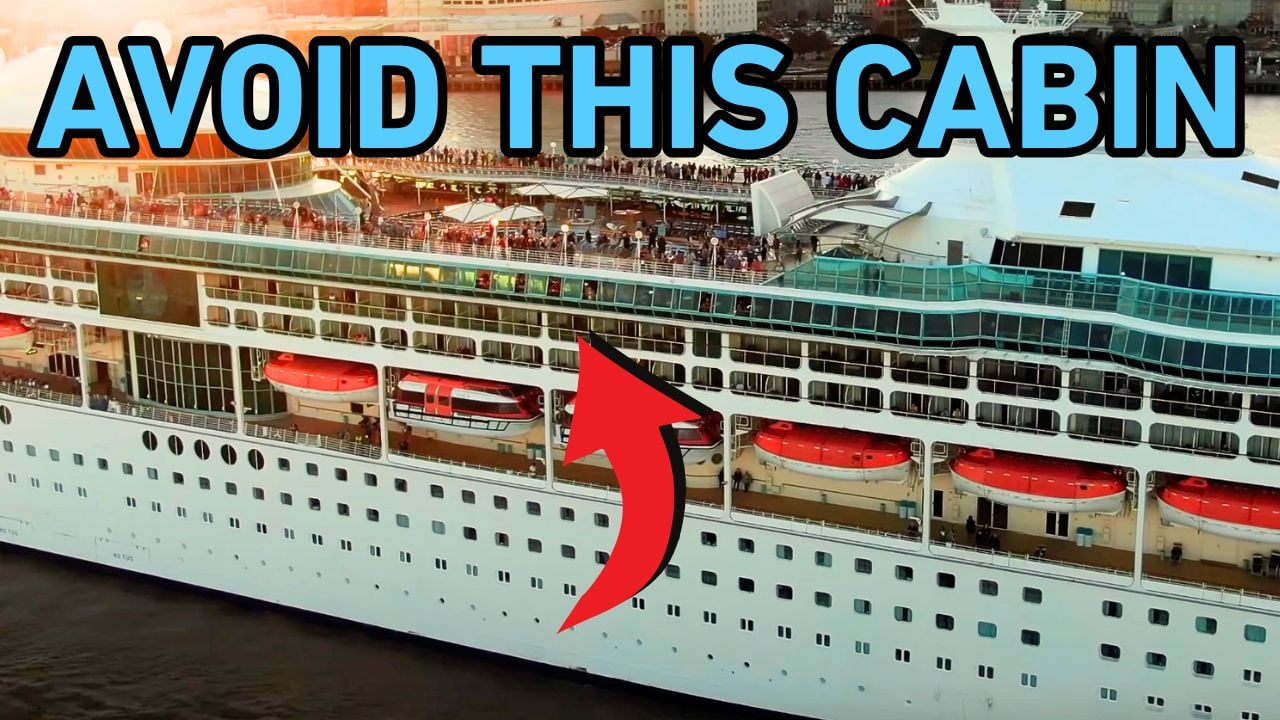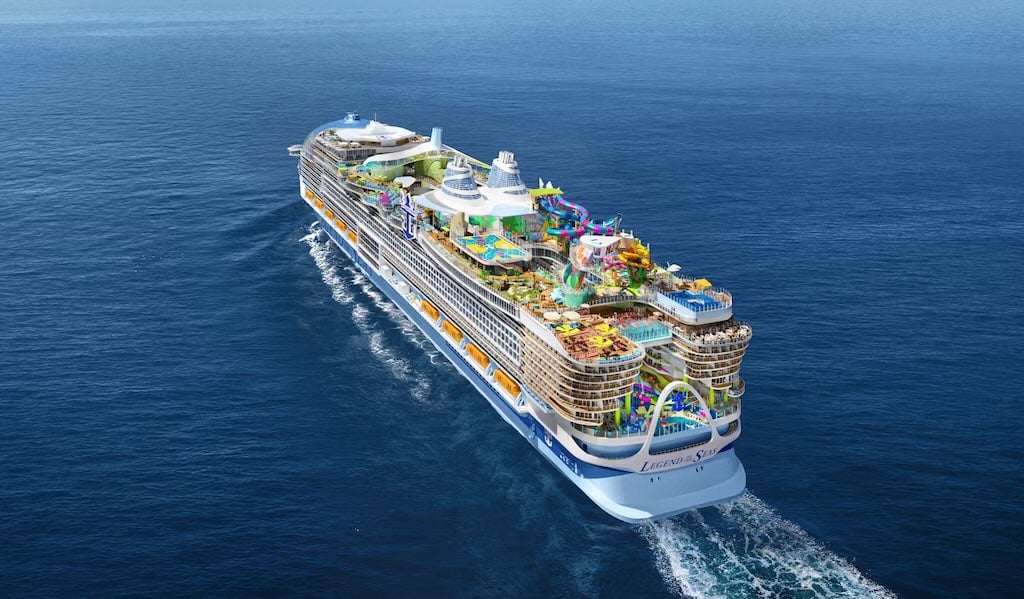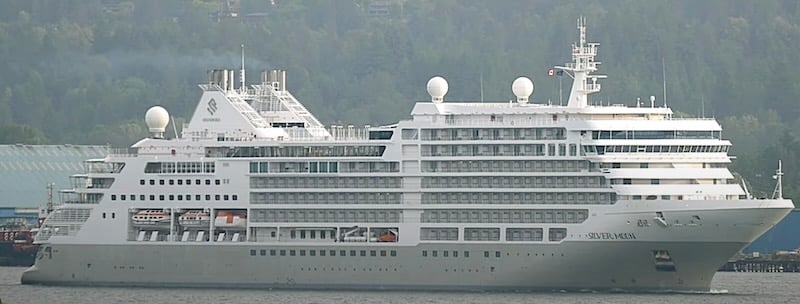The world has never forgotten where the Titanic sank. On April 15, 1912, the so-called “unsinkable” ship slipped beneath the icy North Atlantic, taking over 1,500 lives with it. More than a century later, the story of the Titanic continues to fascinate historians, divers, and cruise fans alike.

In this guide, we’ll reveal the ship’s exact coordinates, the depth of the wreck, chilling details about the debris field, and why this historic site remains one of the most challenging places on Earth to explore. With maps, facts, and context, you’ll finally see the full picture of the Titanic’s final resting place.
Table of Contents
The Exact Location of the Titanic Wreck
If you’ve ever wondered where the Titanic sank, the answer is chillingly precise. The ship went down in the North Atlantic Ocean, about 370 miles southeast of Newfoundland, Canada.
The Titanic’s final resting place sits at the exact coordinates:
41.726931° N, 49.948253° W
These numbers pinpoint one of the most remote and unforgiving spots on Earth. When the Titanic sank, it wasn’t near any major ports or shipping lanes. That isolation meant help was hours away, which is part of why so many lives were tragically lost.
Map note: Insert an image with alt text — “Map showing where the Titanic sank in the North Atlantic Ocean”
How Far the Titanic Drifted Before Sinking
After striking an iceberg at 11:40 p.m. on April 14, 1912, the Titanic didn’t immediately stop or sink. Instead, it continued moving forward through the North Atlantic, drifting roughly 10 to 12 miles (16 to 19 kilometers) before coming to a full stop.
The ship finally sank at 2:20 a.m. on April 15, 1912, nearly three hours after the collision. During that time, water rushed in, lifeboats were lowered, and chaos unfolded on deck.
This slow forward drift is one reason where the Titanic sank is slightly different from where it first struck the iceberg. It also explains why the debris field covers such a wide area of the ocean floor today.
The Depth of the Titanic
One of the most haunting facts about where the Titanic sank is just how deep it lies beneath the surface. The wreck rests at an incredible 12,500 feet (2.37 miles / 3.81 kilometers) below the Atlantic Ocean.
To put that in perspective:
- That’s about the same height as nine Empire State Buildings stacked on top of each other.
- It’s deeper than where most nuclear submarines are able to operate.
- Sunlight never reaches that far down, leaving the wreck in eternal darkness.
The depth of the Titanic makes exploration extremely difficult. Only a handful of specially designed submersibles have ever reached it, and each expedition requires advanced engineering and massive funding.
The Debris Field: What Lies on the Ocean Floor
When the Titanic finally broke apart, the wreck didn’t settle neatly in one place. Instead, it scattered across a vast stretch of the Atlantic. Today, the debris field where the Titanic sank covers nearly 15 square miles of the ocean floor.
The wreck is split into two main sections — the bow and stern — which rest about 600 meters (a third of a mile) apart. Between and around them lie thousands of smaller pieces.
Explorers have documented haunting items across the seabed, including:
- Passenger belongings like shoes, jewelry, and luggage
- Fine china and glassware still intact after more than a century
- Furniture and fittings from the ship’s elegant interiors
- Hull fragments and machinery twisted by the sinking
Each piece serves as a silent reminder of that April night, offering glimpses into the lives suddenly cut short.
Water Temperature at the Titanic Site
Another chilling detail about where the Titanic sank is the water itself. The wreck lies in the North Atlantic Ocean, where temperatures hover just above freezing year-round.
At the Titanic’s depth, the water typically stays between 30°F and 34°F (-1°C to 1°C). Unlike surface waters, which can warm slightly in summer, the deep ocean remains locked in icy cold no matter the season.
This explains why so few passengers survived in the water after the sinking. Even with life jackets, hypothermia set in within minutes, making rescue nearly impossible. The freezing temperatures are also part of why the wreck has been preserved for so long, despite the slow work of rust-eating bacteria.
I actually had the chance to feel water at Titanic’s temperature during an exhibit at a Titanic museum. Even just dipping my hand in for a few seconds was unbearable, which drove home how impossible it would have been to survive more than a few minutes in those conditions.
The Pressure at Titanic’s Resting Place
One of the most extreme challenges of exploring where the Titanic sank is the crushing water pressure. At a depth of 12,500 feet, the wreck is subjected to around 5,500 pounds per square inch (psi) — equal to about 380 times the pressure we feel at sea level.
To imagine it, think of stacking 380 three-story buildings on top of one another. That’s the weight pressing down at the Titanic site. Another way to picture it? It’s like having 50 elephants standing on a single postage stamp.
This intense pressure means that only specially engineered submersibles can reach the wreck without being crushed. Even the simplest objects, like a styrofoam cup, shrink dramatically when taken down to Titanic’s resting place — a powerful visual of just how hostile the environment is.
Why the Titanic Will Never Be Raised
Over the years, people have asked if the Titanic could ever be lifted from the ocean floor. The truth is that where the Titanic sank makes this idea impossible.
There are several reasons the wreck will never be raised:
- Extreme depth: At 12,500 feet down, no salvage operation could withstand the crushing pressure.
- Fragile condition: After more than a century underwater, much of the ship has weakened. Entire sections are collapsing as rust-eating bacteria consume the steel.
- Massive debris field: The Titanic isn’t one intact ship but a wreckage site spread across 15 square miles.
- Respect and ethics: The Titanic is a maritime grave. Thousands lost their lives here, and many believe the wreck should remain undisturbed as a memorial.
For a deeper look at this subject, see my full article on whether the Titanic will ever be brought to the surface.
Instead of raising it, explorers focus on documenting the wreck through photography, 3D mapping, and research dives. These missions not only preserve history but also help us better understand the disaster and the ocean environment where it rests.
Jim’s Take
Whenever I write about where the Titanic sank, I’m reminded that the site isn’t just coordinates on a map. It’s a graveyard, a memorial, and a lesson all in one. Standing on the deck of a modern cruise ship, with satellite navigation, radar, and strict safety rules, it’s almost impossible to imagine what passengers faced that April night in 1912.
The Titanic’s resting place shows us just how unforgiving the ocean can be. It also reminds us why today’s ships are built and operated with such careful attention to safety. In many ways, every lifeboat drill, every navigation protocol, and every international maritime law owes something to Titanic’s tragedy.
For me, it’s not just history — it’s a humbling reminder every time I set sail. The sea always deserves respect.





